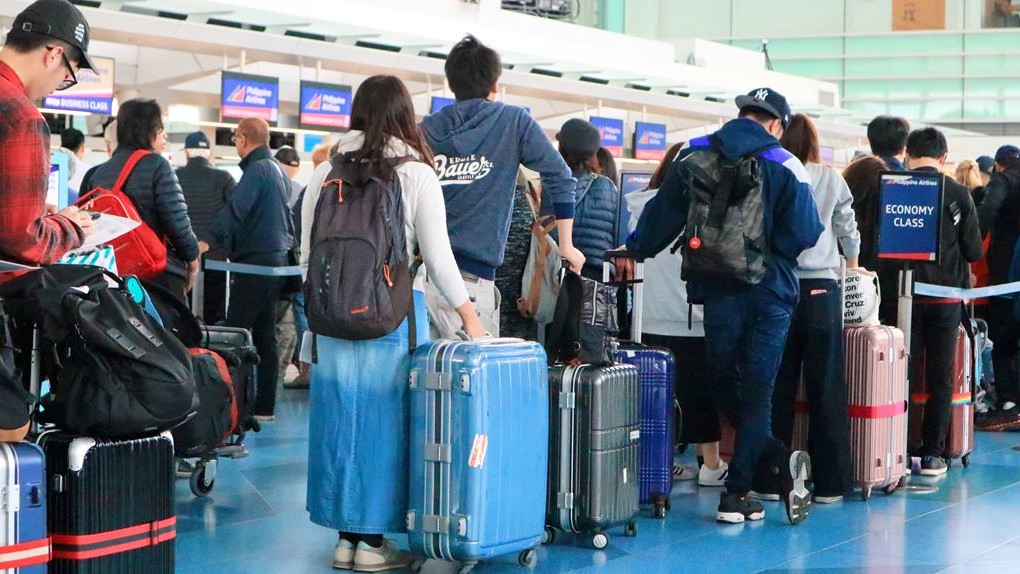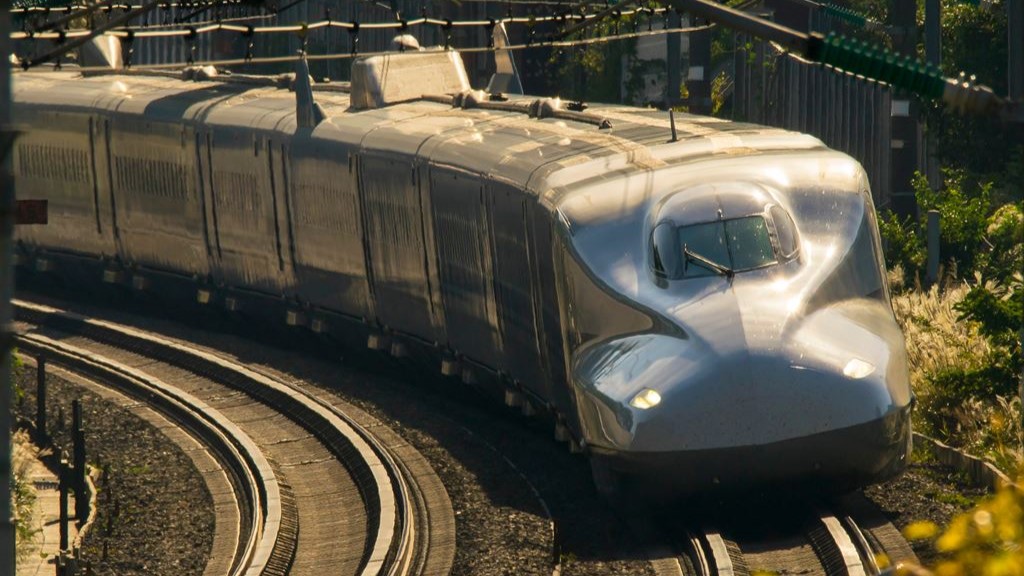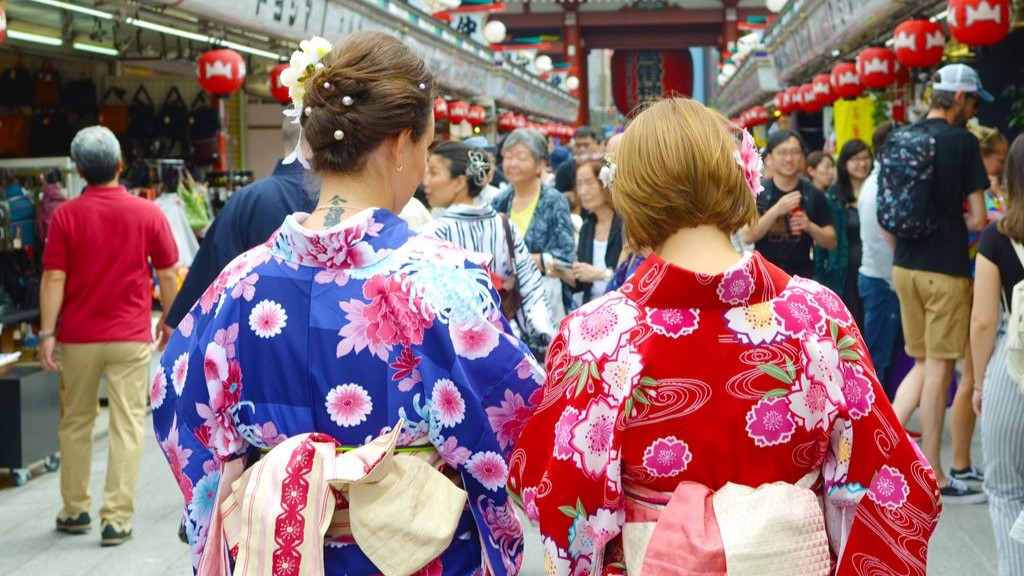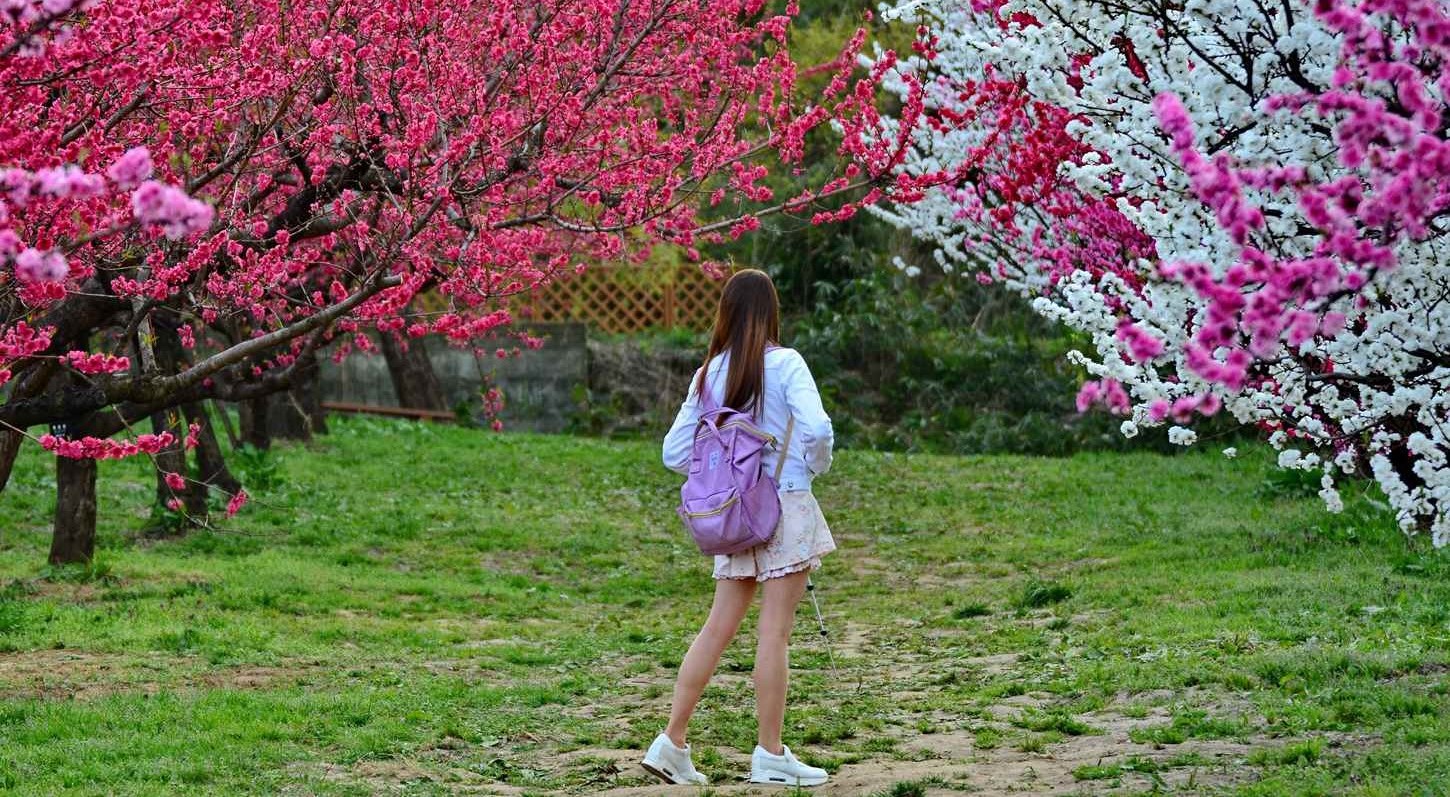This website offers accommodation recommendations and popular tourist routes across various pages. We’ve created this page to provide you with an overview of that information. Whether you’re deciding where to stay overnight or looking for the best routes to explore, we’ve got you covered. We hope you find this information useful in planning your itinerary.
This website contains affiliate links.
Hokkaido
Top 7 Hokkaido Routes for Foreigners
Recommended Travel Bases
- Central Hokkaido: Sapporo (Accessible via New Chitose Airport and Sapporo Station)
- Northern Hokkaido: Asahikawa (Accessible via Asahikawa Airport and Asahikawa Station)
- Eastern Hokkaido: Abashiri (Accessible via Memanbetsu Airport, Abashiri Station) and Kushiro (Accessible via Kushiro Airport, Kushiro Station)
- Southern Hokkaido: Hakodate (Accessible via Hakodate Airport, Hakodate Station)
Main Tourist Destinations
- Central Hokkaido: Sapporo, Otaru, Niseko (especially popular in winter for skiing)
- Northern Hokkaido: Furano (famous for lavender fields in summer), Biei (known for its scenic rolling hills)
- Eastern Hokkaido: Abashiri, Shiretoko Peninsula (a World Heritage site), Kushiro Marsh (Japan’s largest wetland)
- Southern Hokkaido: Hakodate (known for its night view and historic buildings)
Note
Hokkaido is vast, so when covering long distances, especially to Eastern and Northern Hokkaido, it can be convenient to travel by plane, particularly from Sapporo.
Hotel Information Across Pages
| Sapporo Station | New Chitose Airport | Otaru Station |
| Niseko Station | Hakodate Station | Asahikawa Station |
| Furano Station | Obihiro Station | Abashiri Station |
Tohoku region
Top 6 Tohoku Routes for Foreigners
Recommended Travel Bases
- Aomori: Aomori City (Accessible via Aomori Airport and Aomori Station)
- Iwate: Morioka (Accessible via Iwate Hanamaki Airport and Morioka Station)
- Miyagi: Sendai (Accessible via Sendai Airport and Sendai Station)
- Akita: Akita City (Accessible via Akita Airport and Akita Station)
- Yamagata: Yamagata City (Accessible via Yamagata Airport and Yamagata Station)
- Fukushima: Fukushima City (Accessible via Fukushima Airport and Fukushima Station)
Main Tourist Destinations
- Aomori: Hirosaki Castle (famous for cherry blossoms), Lake Towada, and the Shimokita Peninsula
- Iwate: Hiraizumi (a World Heritage site), the Geibikei Gorge, and Tono (famous for folklore)
- Miyagi: Sendai City (known for Tanabata Festival), Matsushima Bay (one of Japan’s three most scenic views)
- Akita: Kakunodate (famous for its well-preserved samurai district), Lake Tazawa, and the Kanto Festival in Akita City
- Yamagata: Yamadera (a scenic mountain temple), Zao Onsen (popular for skiing and snow monsters in winter)
- Fukushima: Aizu-Wakamatsu (known for Tsuruga Castle and samurai heritage), the Bandai Plateau, and the Goshiki-numa Ponds
Note
The Shinkansen (bullet train) connects major cities in the Tohoku region with Tokyo, making it a convenient mode of transportation. Furthermore, local trains and buses serve the more remote destinations, ensuring comprehensive access throughout the region.
Hotel Information Across Pages
| Hirosaki Station | Akita Station | Sendai Station |
| Fukushima Station |
Kanto region
Top 6 Kanto Routes for Foreigners
Recommended Travel Bases
- Tokyo: Tokyo City (Accessible via Haneda Airport, Narita Airport, and Tokyo Station, Shinjuku Station)
- Kanagawa: Yokohama (Accessible via Yokohama Station), Kamakura (Accessible via Kamakura Station), Odawara (Accessible via Odawara Station)
- Chiba: Chiba City (Accessible via Narita Airport and Chiba Station), Narita (Narita Station)
- Saitama: Saitama City (Accessible via Omiya Station)
- Gunma: Takasaki (Accessible via Takasaki Station)
- Tochigi: Utsunomiya (Accessible via Utsunomiya Station)
- Ibaraki: Mito (Accessible via Mito Station)
Main Tourist Destinations
- Tokyo: Asakusa Senso-ji Temple, Shibuya Crossing, Tokyo Tower, Akihabara, and Imperial Palace
- Kanagawa: Minato Mirai in Yokohama, Kamakura’s Great Buddha, Hakone’s hot springs and Lake Ashi near Odawara
- Chiba: Naritasan Shinshoji Temple in Narita, Tokyo Disney Resort in Urayasu
- Saitama: Railway Museum in Omiya, Chichibu for nature and festivals
- Gunma: Kusatsu Onsen, Tomioka Silk Mill (a World Heritage site)
- Tochigi: Nikko’s Toshogu Shrine and Kegon Waterfall, Ashikaga Flower Park
- Ibaraki: Hitachi Seaside Park, Kairakuen Garden in Mito
Note
The Kanto region is well-connected by an extensive train network, including the JR lines, private railways, and subways in Tokyo. Using a PASMO or SUICA card can make traveling more convenient for touching on and off across different train lines and buses.
Hotel Information Across Pages
| Tokyo Station | Shinjuku Station | Haneda Airport |
| Narita Airport | Chiba Station | Yokohama Sation |
| Omiya Station | Utsunomiya Station | Mito Station |
Chubu region
Top 6 Chubu Routes for Foreigners
Recommended Travel Bases in the Chubu Region
- Shizuoka Prefecture: Shizuoka (Shizuoka Airport, Shizuoka Station)
- Aichi Prefecture: Nagoya (Chubu Centrair International Airport, Nagoya Station)
- Gifu Prefecture: Gifu (Gifu Station)
- Mie Prefecture: Tsu (Tsu Station), Ise (Ise-Shima Area for sightseeing)
- Yamanashi Prefecture: Kofu (Kofu Station)
- Nagano Prefecture: Nagano (Nagano Station, Matsumoto Station)
- Niigata Prefecture: Niigata (Niigata Airport, Niigata Station)
- Toyama Prefecture: Toyama (Toyama Airport, Toyama Station)
- Ishikawa Prefecture: Kanazawa (Komatsu Airport, Kanazawa Station)
- Fukui Prefecture: Fukui (Fukui Station)
Main Tourist Destinations in the Chubu Region
- Shizuoka Prefecture: Mount Fuji, Izu Peninsula, Atami
- Aichi Prefecture: Nagoya Castle, Atsuta Shrine, Toyota Museum
- Gifu Prefecture: Gifu Castle, Shirakawa-go, Takayama
- Mie Prefecture: Ise Grand Shrine, Toba Aquarium, Mikimoto Pearl Island
- Yamanashi Prefecture: Mount Fuji, Fuji Five Lakes
- Nagano Prefecture: Zenko-ji Temple, Matsumoto Castle, Hakuba, Jigokudani Monkey Park
- Niigata Prefecture: Sado Island, Sea of Japan coastlines, ski resorts in winter
- Toyama Prefecture: Tateyama Kurobe Alpine Route, Toyama Glass Art Museum
- Ishikawa Prefecture: Kenrokuen Garden, Higashi-Chaya District, Nagamachi samurai district
- Fukui Prefecture: Eihei-ji Temple, Fukui Prefectural Dinosaur Museum, Tojinbo Cliffs
Note
The Chubu region offers a diverse range of attractions, from the coastal areas of Shizuoka and Niigata to the mountainous terrains of Nagano and Yamanashi. Due to its vastness and geographical differences, traveling by train, especially on the Shinkansen (bullet train) lines, is highly recommended. Planning in advance and understanding the regional train routes can greatly enhance your travel experience in Chubu.
Hotel Information Across Pages
Kansai region
Top 6 Kansai Routes for Foreigners
Recommended Travel Bases in the Kansai Region
- Shiga Prefecture: Otsu City (Accessible via Otsu Station)
- Kyoto Prefecture: Kyoto City (Accessible via Kyoto Station)
- Nara Prefecture: Nara City (Accessible via Nara Station)
- Osaka Prefecture: Osaka City (Accessible via Osaka Station and Shin-Osaka Station, Kansai Airport, Itami Airport)
- Wakayama Prefecture: Wakayama City (Accessible via Wakayama Station)
- Hyogo Prefecture: Kobe City (Accessible via Sannomiya Station and Shin-Kobe Station)
Main Tourist Destinations in the Kansai Region
- Shiga Prefecture: Otsu (with attractions like Lake Biwa and Hikone Castle)
- Kyoto Prefecture: Kyoto City (featuring the Golden Pavilion, Kiyomizudera, and Arashiyama), Uji (known for Byodoin Temple and its green tea)
- Nara Prefecture: Nara Park (home to Todaiji Temple, Kasuga Taisha, and free-roaming deer)
- Osaka Prefecture: Osaka Castle, Dotonbori entertainment district, and Universal Studios Japan
- Wakayama Prefecture: Wakayama Castle, Koyasan (mountaintop temple complex), and Adventure World (zoo and amusement park)
- Hyogo Prefecture: Kobe (famed for its beef and the Harborland waterfront area), Himeji Castle (a World Heritage site), and Arima Onsen (one of the oldest hot spring towns in Japan)
Note
The Kansai region is well-connected with an extensive railway network, including the Shinkansen (bullet train) that links major cities like Osaka and Kyoto with other parts of Japan. It’s also served by multiple airports, offering convenience for both domestic and international travelers. The region is rich in cultural heritage, offering a blend of historical sites and modern attractions.
Hotel Information Across Pages
| Osaka Station/ Umeda Station | Kyoto Station | Nara Station |
| Wakayama Station | Kobe/ Sannomiya Station | Himeji Station |
Recommended Travel Bases
- Hiroshima: Hiroshima City (Accessible via Hiroshima Airport and Hiroshima Station)
- Okayama: Okayama City (Accessible via Okayama Airport and Okayama Station)
- Tottori: Tottori City (Accessible via Tottori Airport and Tottori Station)
- Shimane: Matsue (Accessible via Izumo Airport and Matsue Station)
- Yamaguchi: Yamaguchi City (Accessible via Ube Airport and Shin-Yamaguchi Station)
Main Tourist Destinations
- Hiroshima: Peace Memorial Park (including the A-Bomb Dome), Itsukushima Shrine in Miyajima, and Hiroshima Castle
- Okayama: Kurashiki (known for its well-preserved historic district), Okayama Korakuen Garden, and the Great Seto Bridge
- Tottori: Tottori Sand Dunes, Mt. Daisen, and the Uradome Coast
- Shimane: Izumo Taisha Shrine, Adachi Museum of Art, and Matsue Castle
- Yamaguchi: Kintaikyo Bridge in Iwakuni, Akiyoshidai Plateau, and Shimonoseki (famous for Fugu, or pufferfish)
Note
The Sanyo Shinkansen connects major cities in the Chugoku region, making it a convenient mode of transportation. Moreover, local trains and buses serve the more remote destinations, providing comprehensive access throughout the region.
Hotel Information Across Pages
| Hiroshima Station | Okayama Station | Matsue Station |
Shikoku region
Top 5 Shikoku Routes for Foreigners
Recommended Travel Bases
- Ehime: Matsuyama City (Accessible via Matsuyama Airport and Matsuyama Station)
- Tokushima: Tokushima City (Accessible via Tokushima Airport and Tokushima Station)
- Kagawa: Takamatsu City (Accessible via Takamatsu Airport and Takamatsu Station)
- Kochi: Kochi City (Accessible via Kochi Ryoma Airport and Kochi Station)
Main Tourist Destinations
- Ehime: Matsuyama Castle, Dogo Onsen (one of Japan's oldest hot springs), and the Shimanami Kaido cycling route
- Tokushima: Naruto Whirlpools, Awa Odori (a famous dance festival in August), and Oboke Gorge
- Kagawa: Ritsurin Garden in Takamatsu, Naoshima (known for its modern art museums), and Kotohira-gu Shrine (popularly known as Konpira-san)
- Kochi: Katsurahama Beach, Kochi Castle, and the Shimanto River (often referred to as the "last clear stream of Japan")
Note
Shikoku is well-connected by local trains and buses. The island doesn't have a Shinkansen line, but express trains and highway buses offer convenient access from major cities on Honshu. The natural beauty and rich cultural heritage of Shikoku make it a unique destination to explore in Japan.
Kyushu region
Top 6 Kyushu Routes for Foreigners
Recommended Travel Bases
- Fukuoka: Fukuoka City (Accessible via Fukuoka Airport and Hakata Station)
- Saga: Saga City (Accessible via Saga Airport and Saga Station, Tosu Station)
- Nagasaki: Nagasaki City (Accessible via Nagasaki Airport and Nagasaki Station)
- Kumamoto: Kumamoto City (Accessible via Kumamoto Airport and Kumamoto Station, Oita Station)
- Oita: Beppu City (Accessible via Oita Airport and Beppu Station)
- Miyazaki: Miyazaki City (Accessible via Miyazaki Airport and Miyazaki Station)
- Kagoshima: Kagoshima City (Accessible via Kagoshima Airport and Kagoshima-Chuo Station)
Main Tourist Destinations
- Fukuoka: Canal City Hakata, Fukuoka Castle Ruins, Ohori Park, and Dazaifu Tenmangu Shrine
- Saga: Saga Castle History Museum, Yutoku Inari Shrine, and Karatsu Castle
- Nagasaki: Atomic Bomb Museum, Peace Park, and Glover Garden. Dejima and Hashima (Gunkanjima) Island are also popular.
- Kumamoto: Kumamoto Castle, Suizenji Jojuen Garden, and the Aso Caldera with its active volcano.
- Oita: Beppu with its "Hells" hot springs, Yufuin onsen town, and Usa Jingu Shrine
- Miyazaki: Aoshima Shrine, Takachiho Gorge, and Udo Jingu Shrine
- Kagoshima: Sakurajima (an active volcano), Sengan-en Garden, and the former residence of Saigo Takamori
Note
Kyushu is serviced by the Kyushu Shinkansen, which makes it easy to travel between major cities. Additionally, a comprehensive network of local trains, buses, and ferries ensures easy access to even remote destinations. Kyushu is famous for its rich history, natural beauty, and unique cultural experiences.
Hotel Information Across Pages
| Hakata Station | Beppu Station | Yufuin Station |
Okinawa
Top 4 OkinawaRoutes for Foreigners
Recommended Travel Bases
Okinawa Main Island: Naha City (Accessible via Naha Airport and Naha Bus Terminal)
Miyako Island: Miyakojima City (Accessible via Miyako Airport)
Ishigaki Island: Ishigaki City (Accessible via Ishigaki Airport)
Iriomote Island: Uehara and Ohara (Accessible via boat from Ishigaki Island)
Main Tourist Destinations
Okinawa Main Island: Shuri Castle, Kokusai Street, the Okinawa Churaumi Aquarium, and the American Village in Chatan
Miyako Island: Maehama Beach, Ikema Ohashi Bridge, and the Miyakojima Marine Park for beautiful coral reefs
Ishigaki Island: Kabira Bay, Tamatorizaki Observatory, and the downtown area for shopping and dining. It's also the gateway to nearby islands.
Iriomote Island: Urauchi River for jungle boat tours, Yubujima Island, and the Iriomote-Ishigaki National Park for exploring rare wildlife and pristine nature.
Note
Okinawa, with its subtropical climate, is famous for its beautiful beaches and unique Ryukyuan culture. Although the islands are well-connected by flights and ferries, it's recommended to rent a car or scooter, especially on the main island, to explore remote areas and hidden beaches. Okinawa offers a blend of Japanese and unique local traditions, which is evident in its cuisine, music, and historical sites.
Hotel Information Across Pages
| Naha Airport | Ishigaki Airport |
We support your itinerary planning!
Click the button to get an overview of hotel information and popular tourist routes from all over Japan featured on our site. We’ve included comprehensive details to aid in planning your trip, so please make use of it.
Comprehensive checklist before traveling to Japan

Book flights
Compare and purchase flight tickets
When planning your trip to Japan, it's advisable to start by researching flights several months in advance. Airlines often release promotional fares, especially during off-peak seasons. Use comparison sites like Skyscanner or KAYAK to get a sense of the price range. Be flexible with your travel dates if possible; flying mid-week might be cheaper than on weekends.
>> Visit Skyscanner's official website
>> Visit KAYAK's official website
Order Japan Rail Passes for each family member
Purchase your Japan Rail Pass before departure
The Japan Rail (JR) Pass offers unlimited travel on JR trains, making it a cost-effective option for tourists. However, it's only available to foreign tourists and must be purchased *before* you arrive in Japan. Determine the areas you plan to visit; if you're traveling extensively, a nationwide pass is beneficial, but if you're only exploring a specific region, consider regional JR passes. Children under 12 get a discounted pass, so ensure you order the correct type for each family member.
>>Visit Japan Rail Pass's website
Plan your attire for Japan
Check the weather at your destination on this site
Japanese weather varies significantly by season. In summer, it's hot and humid, so breathable clothes are essential. Winters, especially in the north, can be cold, requiring warm attire. If visiting during the rainy season (June to early July), pack a good umbrella and waterproof shoes. While Japan is generally casual, certain places like temples, shrines, or upscale restaurants may require modest and neat dressing.
Reserve a pocket Wi-Fi or SIM card

SIM card or pocket Wi-Fi is required
Beyond clothes, consider packing essentials like a universal power adapter (Japan uses Type A and B sockets), portable Wi-Fi or SIM card for internet access, and any necessary medications (with a copy of the prescription).
Which is better: a SIM card or pocket Wi-Fi?
When traveling in Japan, one essential to consider is securing internet access, especially given that many locations still don't offer free Wi-Fi. To ensure you can use your smartphone throughout your trip, you'll typically have three options: (1) a SIM card, (2) pocket Wi-Fi, or (3) the roaming service provided by your mobile company. Roaming services can be quite expensive, so we often recommend using a SIM card or pocket Wi-Fi. While SIM cards tend to be more affordable than pocket Wi-Fi, they can be trickier to set up. Pocket Wi-Fi, on the other hand, can be shared among several users, making it a favorable choice for families or groups.
▼SIM card
Advantages:
Relatively affordable.
Disadvantages:
Can be time-consuming to set up initially.
May have strict data limits.
▼Pocket Wi-Fi
Advantages:
Offers substantial data allowances.
A single device can be shared among multiple users.
Easily usable with PCs as well.
Disadvantages:
Typically more expensive.
Japan's representative services

Sakura Mobile's website
▼SIM card
>>Visit Sakura Mobile's official website
>>Visit mobal's official website
▼pocket Wi-Fi
>>Visit Sakura Mobile's official website
>>Visit NINJA WiFi's official website
>>Visit Wi-Fi RENTAL Store's official website
Book local tours as needed
Pre-book your tour and have a great trip!
Local tours offer deep insights into Japan's culture and heritage. Websites like Viator or GetYourGuide offer a variety of tours, from traditional tea ceremonies to modern pop culture tours in Akihabara. Consider unique experiences like staying with monks on Mt. Koya or taking a cooking class to learn authentic Japanese dishes.
>>Visit Viator's official website
>>Visit GetYourGuide's official website
Purchase advance tickets for popular attractions
Make a reservation to avoid crowds
Attractions like Tokyo Disneyland, Universal Studios Japan, or the Studio Ghibli Museum often have long ticket queues. Buy tickets online in advance to save time. Some attractions also have timed entry, so check the specific time slots available and plan accordingly.
▼Tokyo Disney Resort
>>Visit Tokyo Disney Resort official website
>>Visit Viator's Tokyo Disneyland page
>>Visit Viator's Tokyo DisneySea page
>>Visit GetYourGuide's Tokyo Disneyland page
>>Visit GetYourGuide's Tokyo DisneySea page
▼Universal Studios Japan
>>Visit USJ official website
>>Visit Viator's USJ page
>>Visit GetYourGuide's USJ page
Buy travel insurance

insurance concept, health, life and travel insurance
It is important to be prepared for emergencies
While Japan is a safe country, travel insurance is crucial for unforeseen events like health emergencies, travel disruptions, or lost baggage. Ensure your policy covers medical expenses in Japan, as healthcare, though excellent, can be expensive.
Here we introduce online travel insurance services that are popular worldwide.
World Nomads: An online travel insurance service widely endorsed by travelers worldwide. They offer plans that cover adventurous activities and high-risk sports.
>>Visit World Nomads' official website
AIG Travel Guard: An insurance service available to travelers all over the world. They offer a wide range of options, including cancellation protection and emergency medical insurance.
>>Visit AIG Travel Guard's official website
Share your itinerary with emergency contacts
Organize your reservation information
Keep a digital and printed copy of your detailed itinerary, including hotel addresses, train schedules, and booked tours. Share this with a trusted family member or friend not traveling with you.







